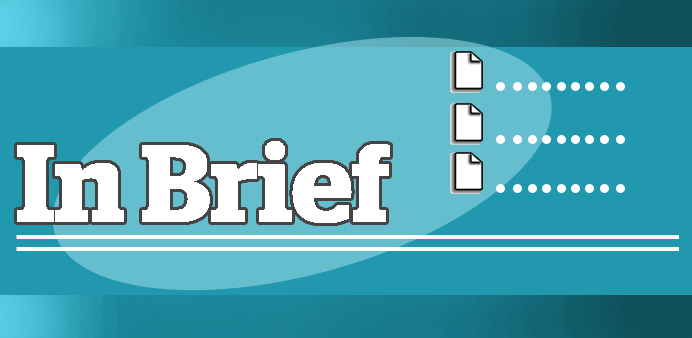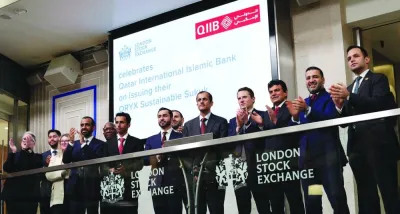|
|
German banks’ use of European Central Bank crisis funding dropped by a third in January from the previous month, a further sign that banks in the heart of the eurozone are returning to money markets after last year’s credit squeeze.
Banks in countries on the periphery of the 17-member bloc still rely on central bank lending, which, while at a record-low interest rate of 0.75%, is above market rates. The divergence complicates the ECB’s interest rate-setting plans.
The Bundesbank data released yesterday showed that German banks owed the central bank €49.5bn ($66.1bn) at end-January, 23.6bn less than a month earlier, suggesting they took advantage of the first opportunity to pay back the 3-year loans to the ECB, known as LTROs, on January 30.
Most — €20.6bn — of the fall came in German banks’ use of longer-term facilities, which cover anything from one month to three years.
The ECB gave banks the ultra-long term loans in two installments roughly a year ago, with eurozone lenders taking more than a trillion euros in cheap cash.
In the first of the twin loans, offered in December 2011, banks took €489bn. In the first opportunity to pay back those loans early, banks returned €137.2bn to the Eurosystem of eurozone central banks on January 30.
Banks with market access can get overnight funds at 0.06%, while the interest rate for 3-month loans is 0.223%. ECB President Mario Draghi said earlier this month that the financial market conditions had improved significantly and that the early repayments were “a sign of confidence”.
“Many banks had accessed (3-year) LTRO for precautionary reasons because they were, a year ago, uncertain about the liquidity situation — about the funding prospects. And now they are less uncertain, than they were a year ago. So, that is also a positive sign,” Draghi said in a post-rate decision news conference.
National central bank balance sheets showed, however, that a lion’s share of funds paid back came from core countries of Germany, France and Belgium, and that peripheral countries’ banks continue to rely to great extent on the central bank for funds.
This complicates the ECB’s task of setting interest rates suitable for the whole block, as its policy decisions do not get transmitted in the same form to all countries.
The ECB has announced a yet-to-be-activated bond-buying programme, dubbed Outright Monetary Transactions (OMT), to address the issue.
While the plan has calmed worst fears in the market, ECB lending data shows that national divergence still looms large.
The use of ECB lending also went down considerably in France and Belgium, data from their national central banks showed.
French banks’ use of ECB facilities was €152.7bn on February 12, down from 179bn a month earlier. Virtually all of the reduction came from longer-term refinancing operations, which was cut by 25.6bn.
Belgian banks chopped off a quarter of their borrowing from the ECB, which went down to €29.2bn at end-January from 40bn at the end of last year.
By contrast, Italian banks used the facilities more at the end of January, taking 273.9bn, up from 271.8bn. Italian banks’ share of total ECB lending rose to 27% from just above 24%.
In Spain, which together with Italy has been drawn deeper into the centre of the debt crisis, banks used the central bank for funds almost as much in January as a month earlier.
They took €346bn from the central bank, down from 357.3bn, but they remained the heaviest users of the ECB, with their share amounting to 34.1%.
Banks in countries hit hardest by the debt crisis, especially in Greece and Ireland, rely on emergency liquidity assistance from their national central banks, as they lack suitable collateral to access regular ECB operations.
Strong Thai GDP weakens govt case for rate cut
|
|
Thailand’s economy grew a far stronger-than-expected 3.6% in the fourth quarter of 2012 from the previous three months, a pace that undercuts government calls for lower interest rates.
Exports picked up in the quarter while, as in other Southeast Asian economies, and domestic demand was buoyant, helped by a surge in new car purchases that was spurred by a government subsidy for first-time buyers.
Finance Minister Kittirat Na Ranong has put pressure on the Bank of Thailand (BOT) to cut interest rates to help exporters and discourage capital inflows, which have pushed the baht up around 2.5% this year. This month, he said he had written to the central bank — which zealously guards its independence from government — to press his case.
After a quarter-point cut in October to 2.75%, the monetary policy committee has left the benchmark rate unchanged at its last two meetings. Most economists expect it to hold fire again tomorrow, especially after yesterday’s buoyant GDP data.
“The rate cut cycle is probably over despite pressure from the government. In fact, the focus will likely turn towards inflation, especially considering the robust growth number,” said economist Eugene Leow from DBS Bank in Singapore.
The economy grew 6.4% in 2012 and the National Economic and Social Development Board (NESDB), which compiles the data, forecasts 4.5 to 5.5% for this year.
Although BoT Governor Prasarn Trairatvorakul is relaxed about inflation, playing down the impact of a jump in the minimum wage in January, he has noted a jump in consumer credit, which an interest rate cut would only exacerbate.



